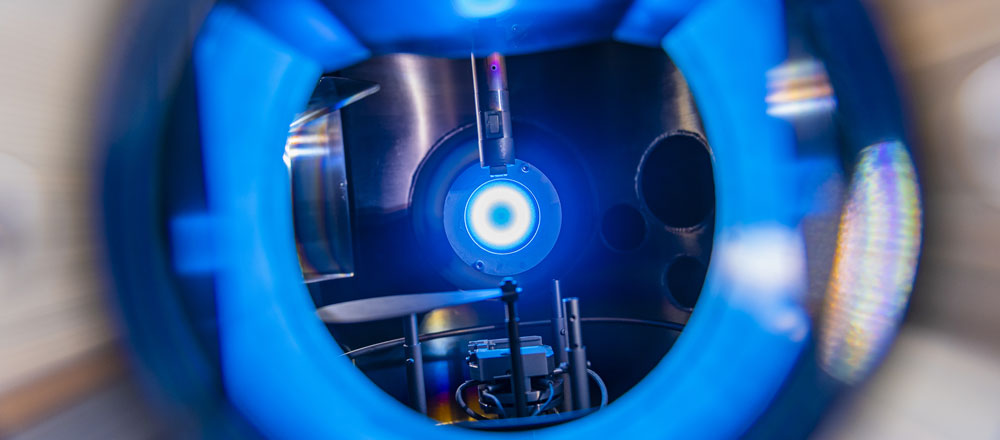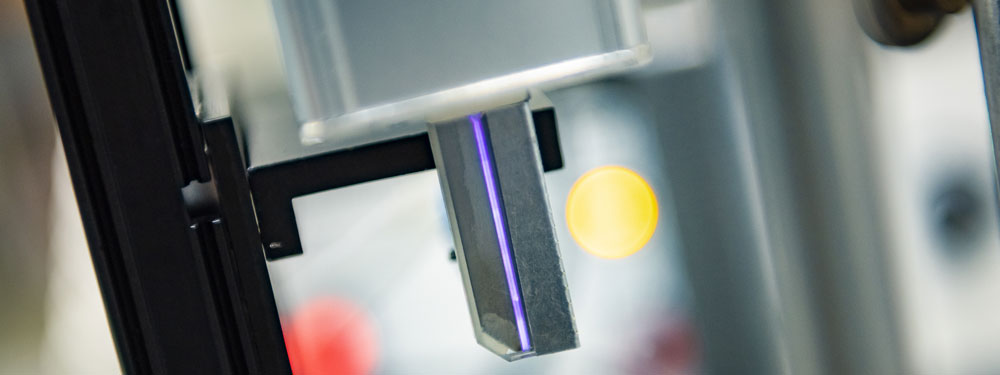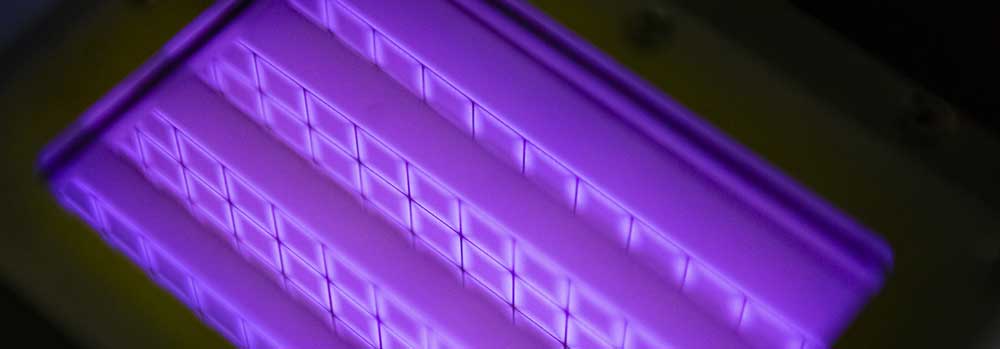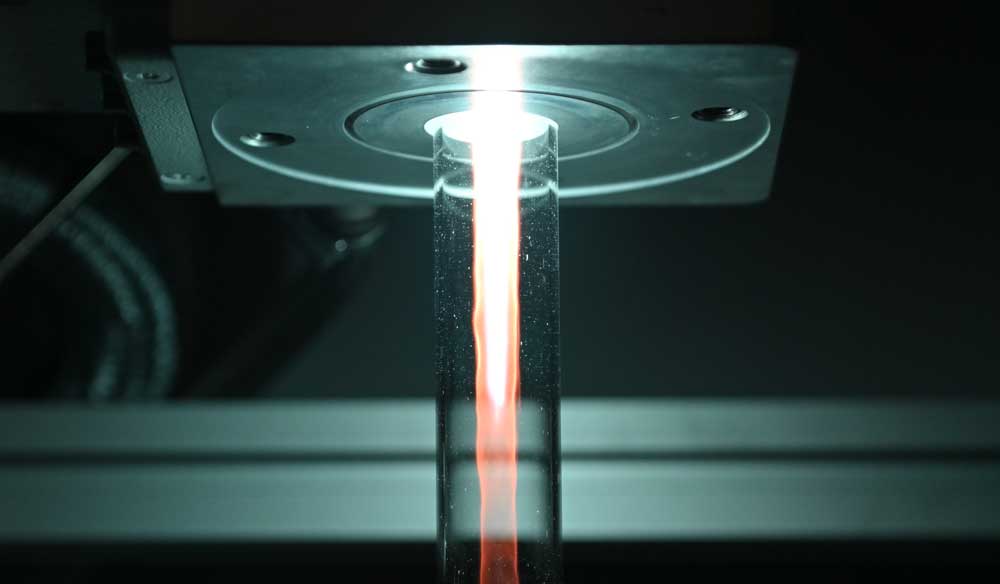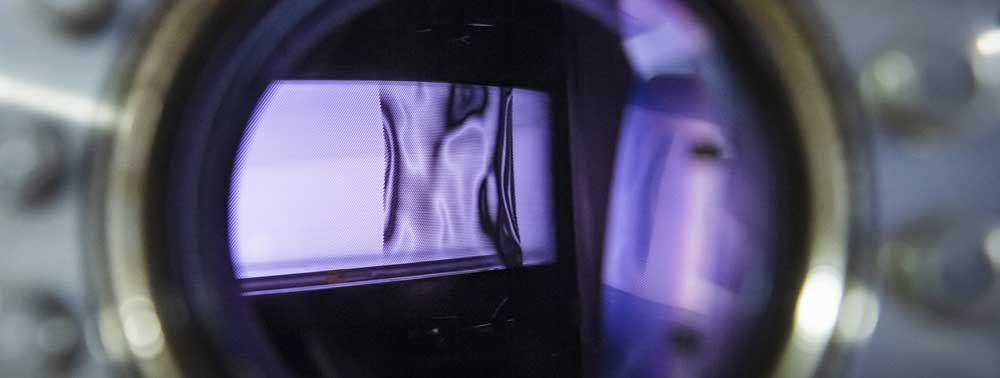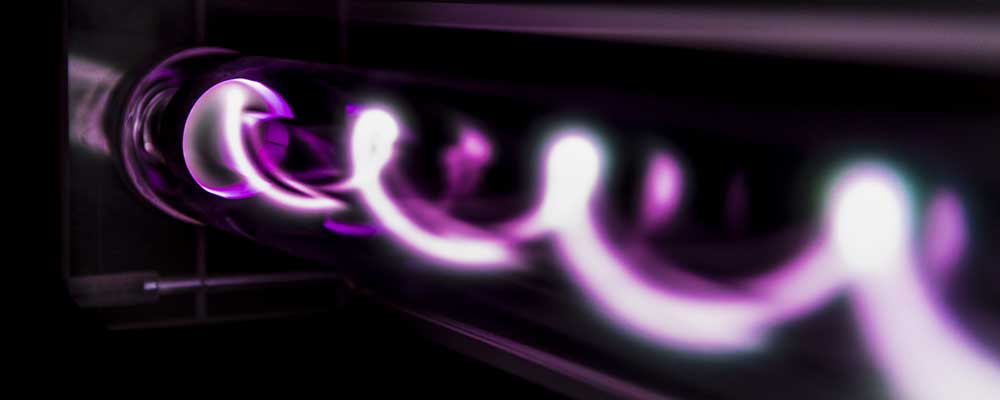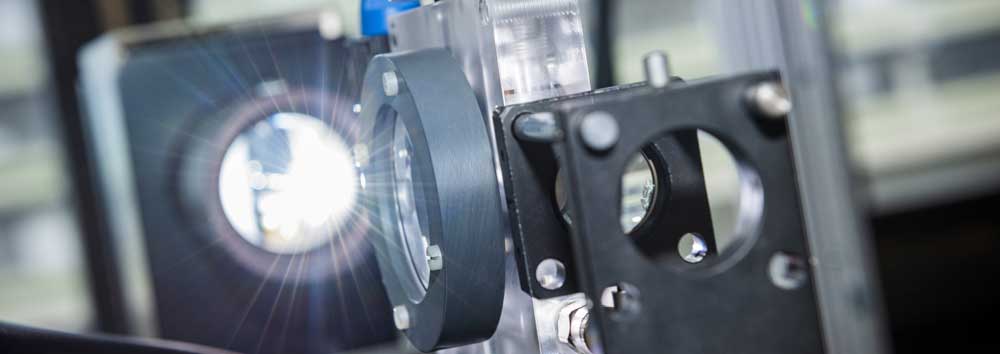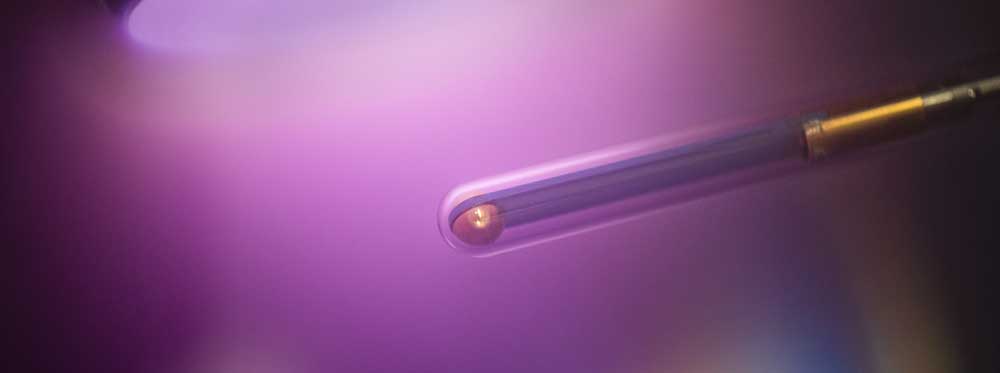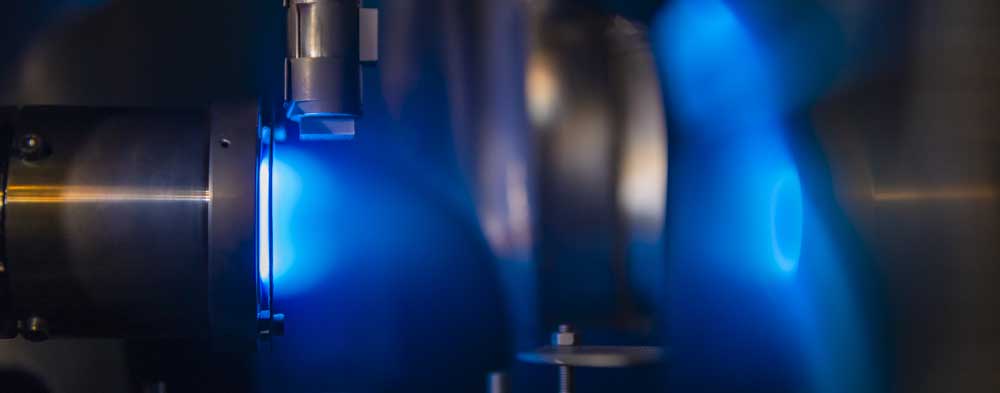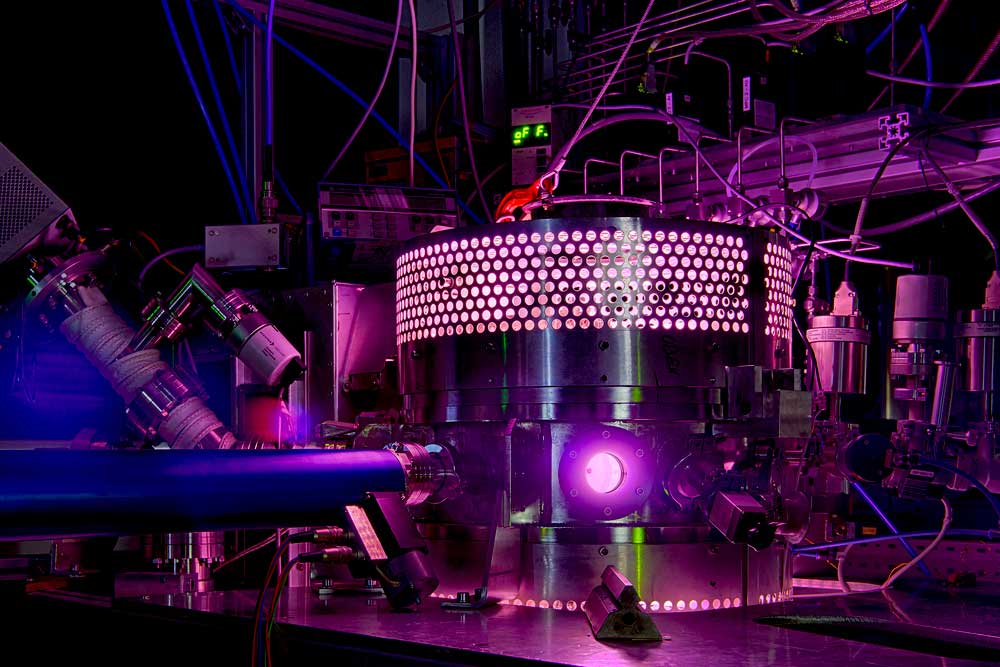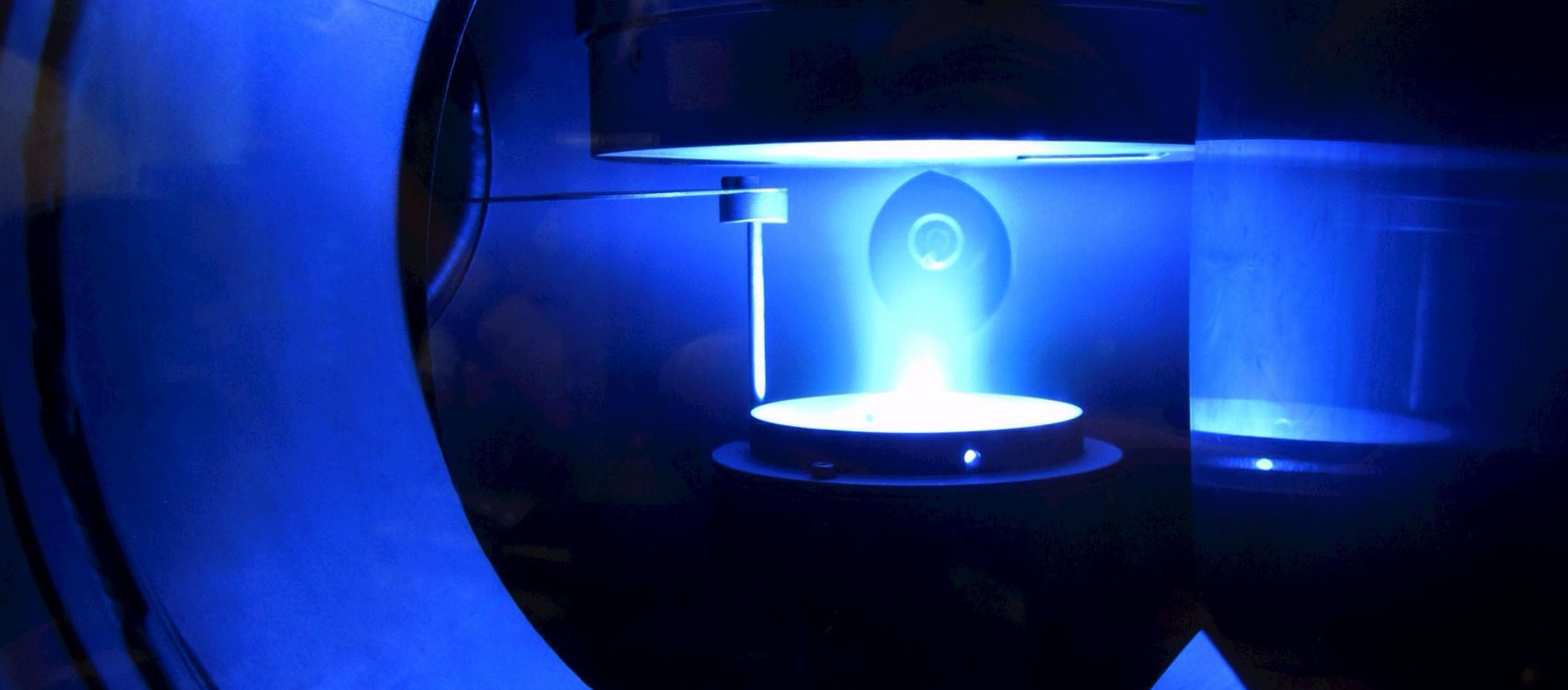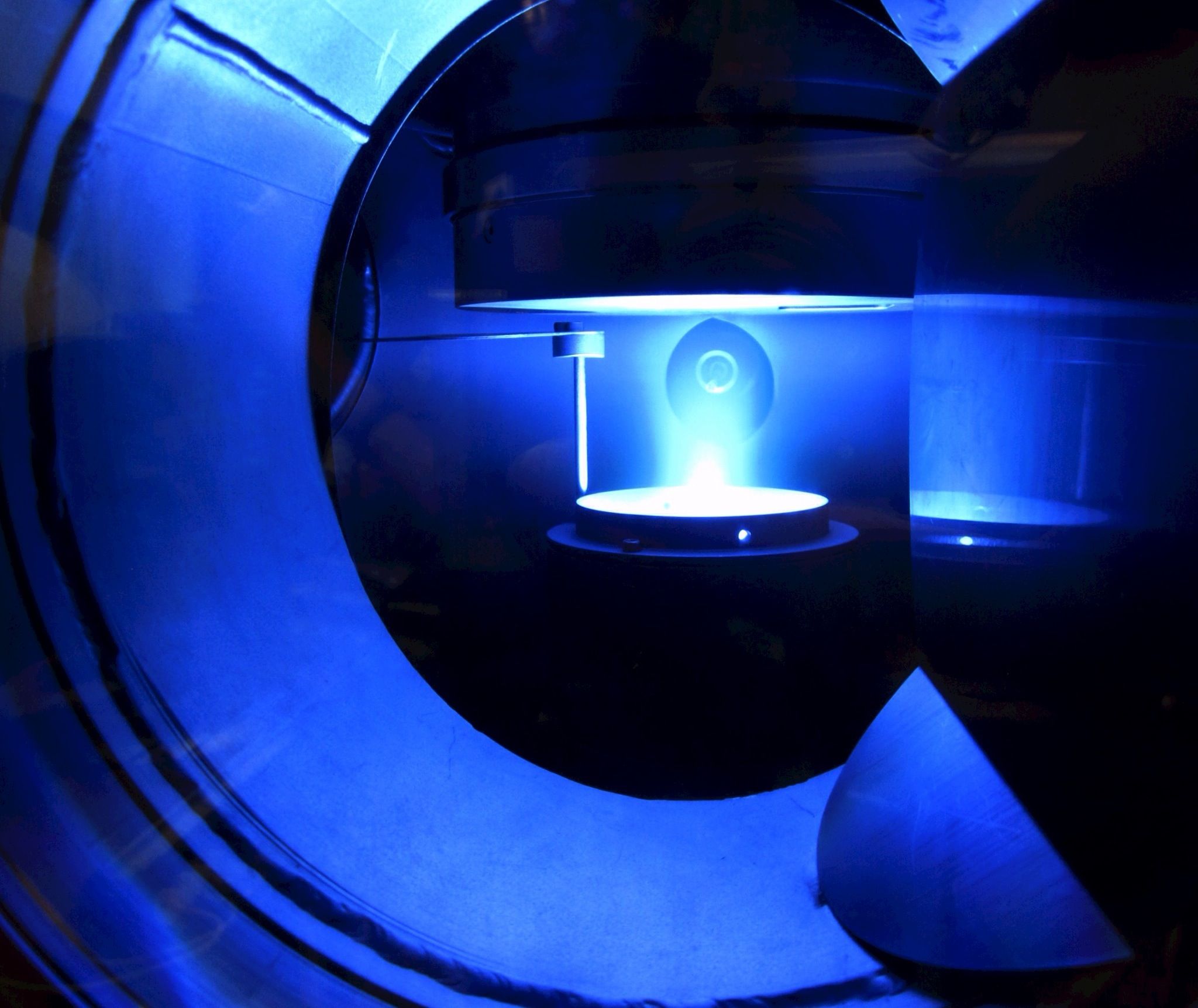Publication
3d Etching of Silicon and Glasses
Three-dimensional (3D) etching of materials by plasmas is an ultimate challenge in microstructuring applications. A method is proposed to reach a controllable 3D structure by using masks in front of the surface in a plasma etch reactor in combination with local magnetic fields to steer the incident ions in the plasma sheath region towards the surface to reach 3D directionality during etching and deposition. This effect can be controlled by modifying the magnetic field and/or plasma properties to adjust the relationship between sheath thickness and mask feature size. Since the guiding length scale is the plasma sheath thickness, which for typical plasma densities is at least 10s of microns or larger, controlled directional etching and deposition target the field of microstructuring, e.g. of solids for sensors, optics, or microfluidics. In this proof-of-concept study, it is shown that E x B drifts tailor the local sheath expansion, thereby controlling the plasma density distribution and the transport when the plasma penetrates the mask during an RF cycle. This modified local plasma creates a 3D etch profile. This is shown experimentally as well as using 2d3v Particle-In-Cell/Monte Carlo collisions simulation.
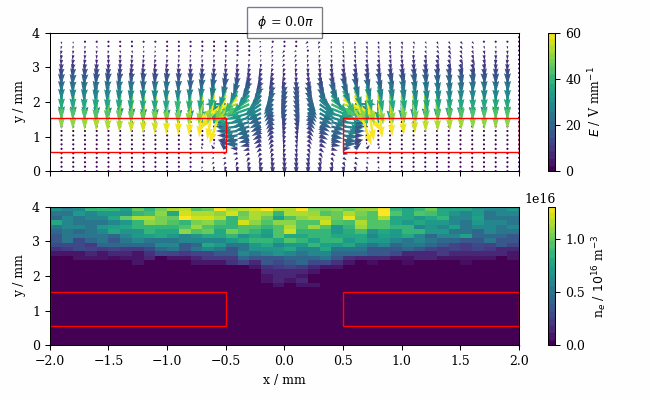
Animated result of the PIC simulation covering one RF cycle for a bias voltage of -100 V and a magnetic field of 80 mT.
- Plasma sheath tailoring by a magnetic field for three-dimensional plasma etching
E. Jüngling, S. Wilczek, T. Mussenbrock, M. Böke, A. von Keudell
Appl. Phys. Lett. 12(7) (2024)
